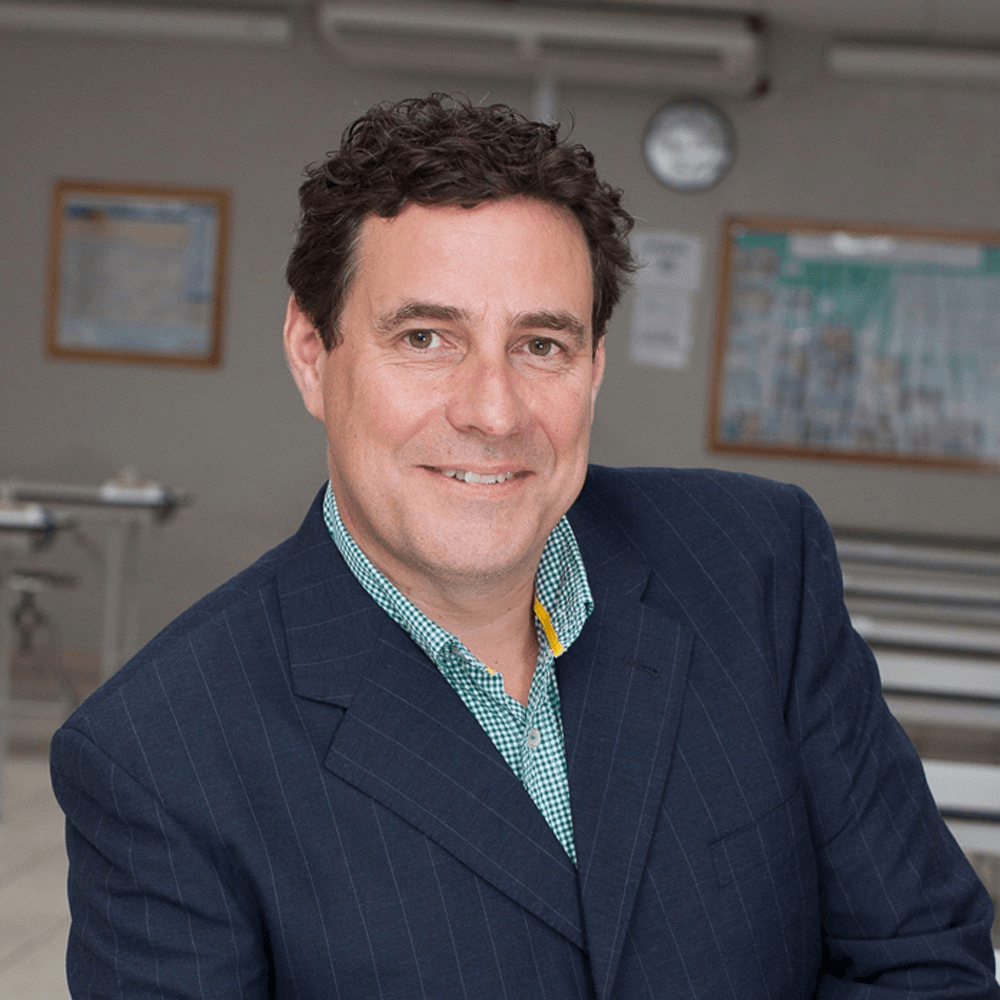
About
Originally from England, Dr. Freeman studied Marine Biology in Wales, specializing in zooplankton communities in Mauritius. After which, he was awarded a British Council scholarship to study larval shrimp in Mexico. He completed his PhD in Scotland, looking for natural pathogens of parasitic copepods (sea lice) causing epizootics on commercial salmon farms. A Royal Society of London Postdoctoral Fellowship, based at the University of Tokyo allowed a further four years study on parasites of farmed fish. He has been an Associate Professor at the University of Malaya, Kuala Lumpur, working with marine parasites and in marine biotechnology. He returned to Europe in 2014 to continue to work with colleagues at the University of Iceland in Reykjavík, before joining Ross University School of Veterinary Medicine in October 2015.
Publications
- Al-Jufaili, S. H., M. A. Freeman, V. K. Machkevskyi, A. Al-Nabhani and H. W. Palm, 2016: Morphological, ultrastructural, and molecular description of Unicapsula fatimae n. sp. (Myxosporea: Trilosporidae) of whitespotted rabbitfish (Siganus canaliculatus) in Omani waters. Parasitology research, 115, 1173-1184.
- Gunnarsdóttir, S. K., Á. Freeman, M.A. Már Zoëga, G., 2016: Demodex folliculorum, hársekkjamítill, vangreind orsök hvarmabólgu/Demodex folliculorum a hidden cause of blepharitis. Laeknabladid, 102, 231-235.
- Karlsbakk, E., A. Kristmundsson, M. Albano, P. Brown and M. A. Freeman, 2016: Redescription and phylogenetic position of Myxobolus aeglefini and Myxobolus platessae n. comb. (Myxosporea), parasites in the cartilage of some North Atlantic marine fishes, with notes on the phylogeny and classification of the Platysporina. Parasitology international, 66, 952-959.
- Stentiford, G. D., J. J. Becnel, L. M. Weiss, P. J. Keeling, E. S. Didier, B. A. P. Williams, S. Bjornson, M. L. Kent, M. A. Freeman, M. J. F. Brown, E. R. Troemel, K. Roesel, Y. Sokolova, K. F. Snowden and L. Solter, 2016: Microsporidia: emergent pathogens in the global food chain. Trends in parasitology, 32, 336-348.
- Williams, T. A., S. Nakjang, S. E. Campbell, M. A. Freeman, M. Eydal, K. Moore, R. P. Hirt, T. M. Embley and B. A. Williams, 2016: A Recent Whole-Genome Duplication Divides Populations of a Globally Distributed Microsporidian. Molecular biology and evolution, 33, 2002-2015.
- Freeman, M, Fuss, J. (2017 ). X-cells are globally distributed, genetically divergent fish parasites related to perkinsids and dinoflagellates. Current Biology, 27(11), R408-R409.
- Freeman M. A., Kristmundsson Á. Studies of Myxidium giardi Cépède, 1906 infections in Icelandic eels identifies a genetically diverse clade of myxosporeans that represents the Paramyxidium n. g. (Myxosporea: Myxidiidae). Parasit Vectors. 2018 Oct 22;11(1):551. doi: 10.1186/s13071-018-3087-y
- Johnson, K. D. Freeman, M. A., Laxdal, B., Kristmunddsson, A. (2018). Aetiology and histopathology of a systemic phaeohyphomycosis in farmed lumpfish, Cyclopterus lumpus. B Eur Assoc Fish Pat, 38(5) 187
- Kristmundsson, Á., & Freeman, M. A. (2018). Harmless sea snail parasite causes mass mortalities in numerous commercial scallop populations in the northern hemisphere. Scientific Reports, 8(1), 7865. doi:10.1038/s41598-018-26158-1
- Tiley, K., Dennis, M. M., Lewin-Smith, M. R., Jenkins, H. M., Kristmundsson, A., & Freeman, M. A. (2018). Digestive gland inclusion bodies in queen conch (Lobatus gigas) are non-parasitic. J Invertebr Pathol, 157, 4-8. doi:10.1016/j.jip.2018.07.004
